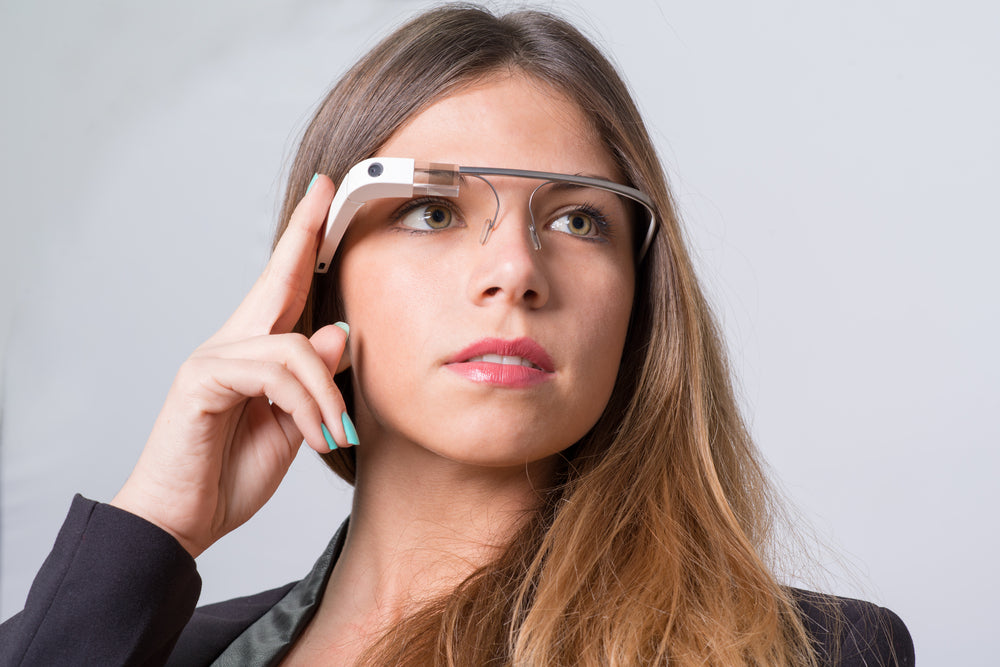
Pros and Cons of See-through AR Modules
Augmented Reality (AR) has swiftly moved from science fiction to everyday reality, and at the heart of this transformative technology lies the See-through AR module. With the ability to seamlessly blend our physical surroundings with digital information, See-through AR modules are heralding a new era of interaction and innovation. Let's delve into the captivating benefits and intriguing challenges that come with this technology.
Benefits of See-through AR Modules:
- Enhanced Realism: See-through AR modules create an unparalleled sense of realism by integrating virtual objects directly into our surroundings, offering a harmonious fusion of the digital and physical worlds.
- Contextual Information: These modules enable context-aware information delivery. Imagine exploring a foreign city while historical facts about landmarks seamlessly appear before your eyes.
- Immersive Learning: See-through AR has tremendous potential in education. Complex subjects can be visualized and explained through interactive 3D models, enhancing learning engagement.
- Real-Time Navigation: Navigational prompts, directions, and points of interest can be overlaid on the real-world view, providing a practical and intuitive navigation experience.
- Hands-Free Interaction: See-through AR allows users to interact with digital content without the need to physically hold or manipulate devices, offering a more natural and convenient interaction.
Challenges of See-through AR Modules:
- Alignment Precision: Accurately aligning virtual objects with the physical environment requires sophisticated tracking and calibration techniques to ensure seamless integration.
- Visual Fatigue: Prolonged use of See-through AR modules might lead to visual fatigue as the eyes constantly adjust between the real and virtual elements.
- User Experience Design: Designing intuitive user interfaces and interactions that do not obstruct the user's view while still providing meaningful information is a challenging task.
- Data Overload: Presenting too much information at once could overwhelm users, making it crucial to strike a balance between contextually relevant data and visual clutter.
- Privacy Concerns: See-through AR technology raises concerns about privacy, as wearers could potentially capture images and videos of others without their knowledge or consent.
- Technical Complexity: Building See-through AR modules requires intricate engineering to accommodate components like micro-displays, sensors, and optics, which can impact the device's size, weight, and battery life.
In conclusion, See-through AR modules are paving the way for groundbreaking experiences that bridge the gap between the tangible and the virtual. With benefits ranging from immersive learning to real-time navigation, the potential of transparent AR is vast. However, it's important to acknowledge the challenges, from precise alignment to user experience design, that developers and users alike must address. As technology continues to evolve, See-through AR modules hold the promise of transforming industries, enhancing education, and revolutionizing the way we perceive and interact with our world.
